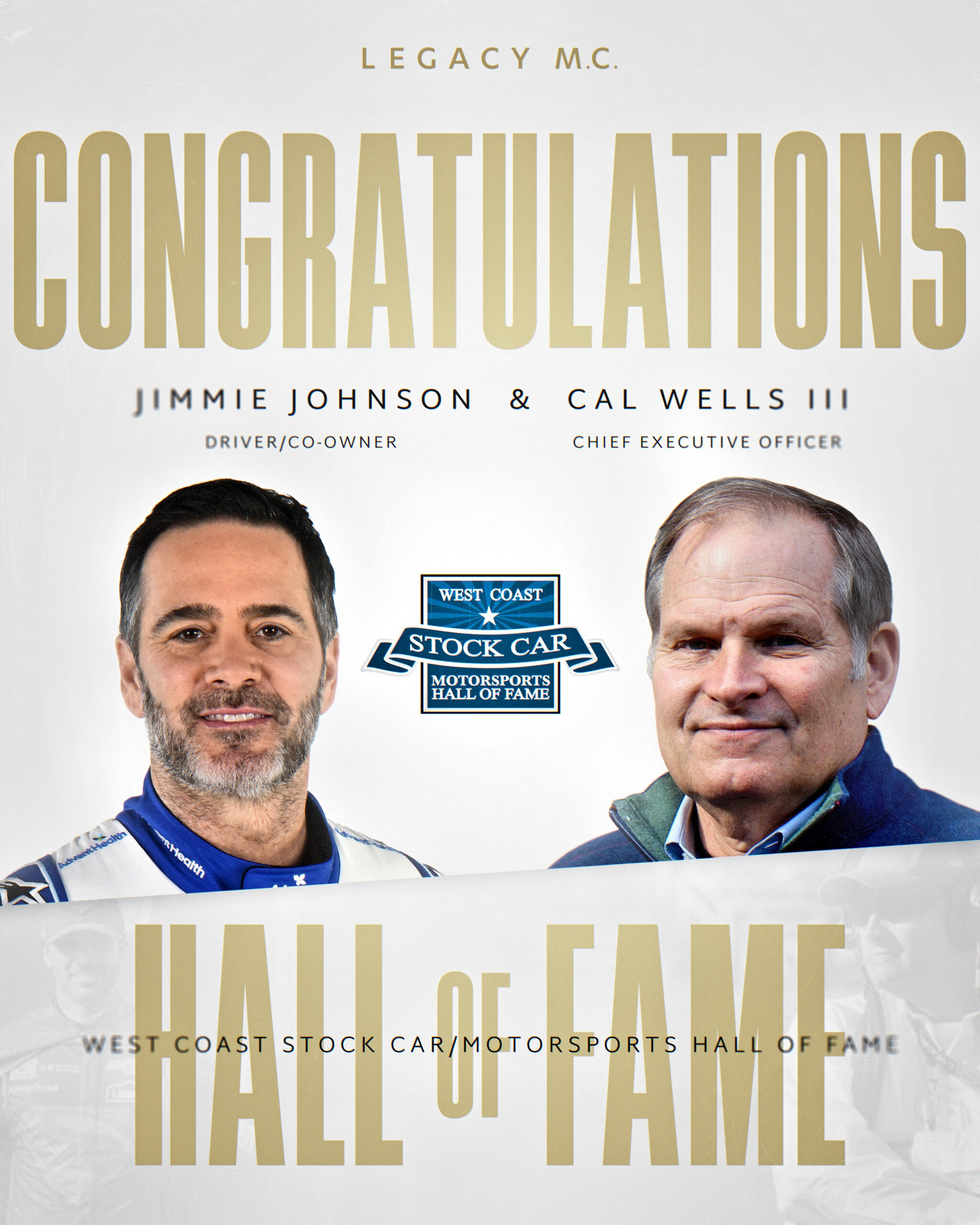When two vehicles collide on the road, determining who is at fault can be a complex and crucial task. Whether it’s a minor fender-bender or a severe collision resulting in injuries or fatalities, authorities must swiftly and accurately ascertain responsibility.
According to the NHTSA, the US saw 114 fatal car crashes every day on average between 2020 and 2022. As the number of daily auto accident cases rises, understanding the intricacies of accident investigation is becoming vital for law enforcement and legal proceedings.
Here are some fundamental methods authorities utilize to determine fault in a two-vehicle crash.
Witness Statements and Testimonies
Eyewitness accounts play a pivotal role in reconstructing the sequence of events leading up to a collision. Authorities gather statements from individuals who observed the accident, including drivers, passengers, pedestrians, and nearby residents.
As reported by WFAA earlier this year, Fort Worth saw a deadly hit-and-run case where the victim later passed away. Police are currently looking for witnesses who were present during the crash. Such testimonies provide valuable insight into the actions of the drivers involved and any contributing factors such as road conditions, weather, or traffic violations.
Investigators meticulously interview witnesses to corroborate their observations and identify any inconsistencies. Additionally, statements from impartial witnesses carry significant weight in establishing the credibility and accuracy of the accounts provided.
Physical Evidence Analysis
Examining the physical evidence at the crash site is essential for piecing together the dynamics of the collision. Vehicle damage patterns and the final resting positions of the vehicles offer critical clues regarding the speed, direction of travel, and points of impact.
Crash reconstruction specialists employ advanced techniques such as photogrammetry, laser scanning, and computer simulations to recreate the sequence of events with precision. By analyzing the evidence meticulously, authorities can determine factors such as the respective actions of each driver leading up to the crash.
Vehicle Damage Assessment
Assessing the damage sustained by the vehicles involved provides valuable insights into the severity and mechanics of the collision. According to Forbes, authorities examine the extent and location of the damage, looking for patterns that indicate the forces involved.
Damage patterns such as crumple zones, paint transfers, and structural deformities help investigators ascertain the angle and velocity of the collision. By correlating the damage patterns with witness statements and physical evidence, authorities can construct a comprehensive understanding of the events leading to the crash.
Traffic Camera Footage and Surveillance Videos
In today’s digital age, traffic cameras and surveillance systems capture vast amounts of footage that can be instrumental in accident investigation. Authorities review footage from intersection cameras, dashcams, security cameras, and nearby businesses to obtain visual documentation of the collision.
Take the following case as an example. Last December in Rogers, Arkansas, KNWA reported that a two-car accident slowed down the traffic on Interstate 49. Thankfully, there were no injuries. Otherwise, the injured would have hired a Rogers car accident attorney to handle the case.
According to Keith Law Group, car accident victims always turn to personal injury lawyers. They do so to secure compensation and justice for their medical bills and other financial and emotional losses.
In this case, however, since no one was injured, it seems that the parties avoided getting the law involved. Yet, to find out who was actually at fault, it turns out that the police turned to street cameras.
High-resolution video footage provides a detailed perspective of the sequence of events leading up to the crash. Analyzing the footage frame by frame allows investigators to identify contributing factors such as red-light violations, speeding, or erratic driving behavior.
Data Recorders (Black Boxes)
Many modern vehicles are equipped with data recorders, commonly referred to as “black boxes,” which capture crucial data before, during, and after a crash. These devices record parameters such as vehicle speed, acceleration, braking, steering input, and seatbelt usage.
Following a collision, authorities retrieve the black boxes from the vehicles and analyze the data to reconstruct the events leading up to the crash. Black box data provides objective insights into driver behavior and vehicle dynamics, offering a precise timeline of actions preceding the collision.
Driver Statements and Police Reports
Gathering statements from the drivers involved is a fundamental aspect of accident investigation. Law enforcement officers interview the drivers to obtain their firsthand accounts of the events leading up to the crash, including their actions and recollections.
Additionally, police officers document their observations and findings in detailed accident reports, which serve as official records of the incident. These reports include information such as driver statements, witness testimonies, physical evidence analysis, and preliminary determinations of fault based on the available evidence.
In conclusion, determining fault in a two-vehicle crash requires a comprehensive and methodical approach that integrates various investigative techniques. Authorities take the steps discussed above to reconstruct the sequence of events with accuracy and impartiality. Ultimately, the goal is to establish accountability, promote road safety, and facilitate fair and just outcomes for all parties involved in the collision.







